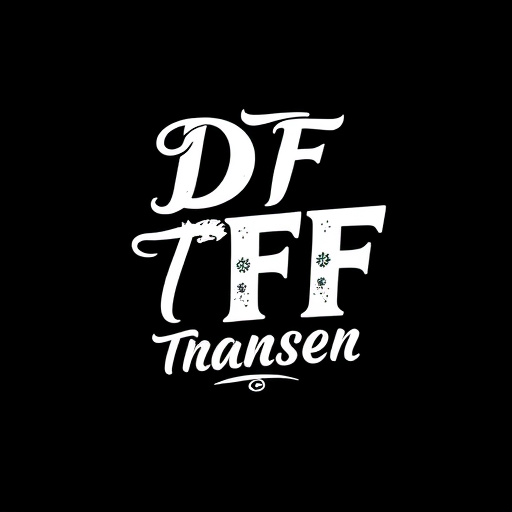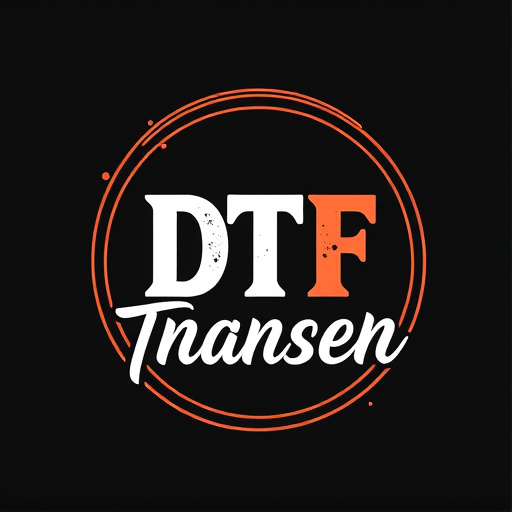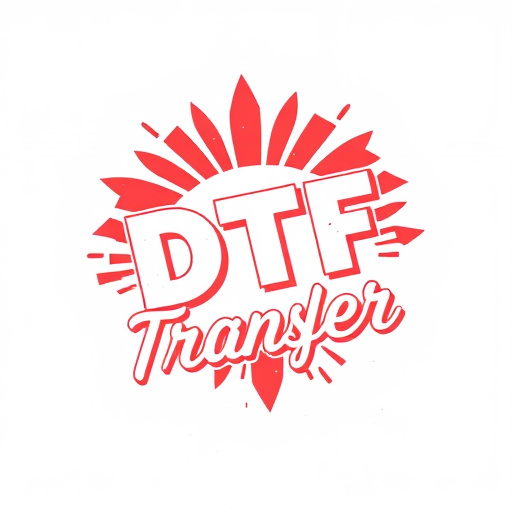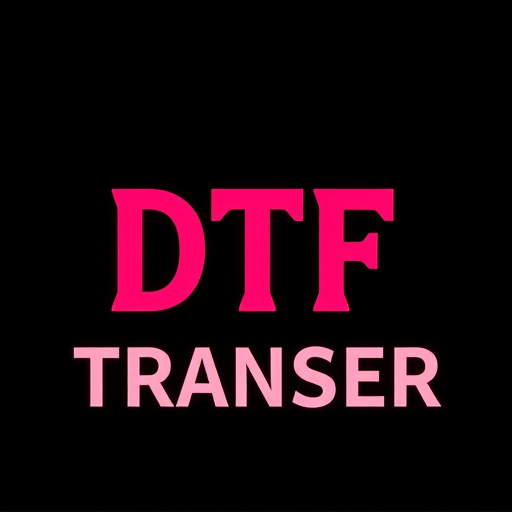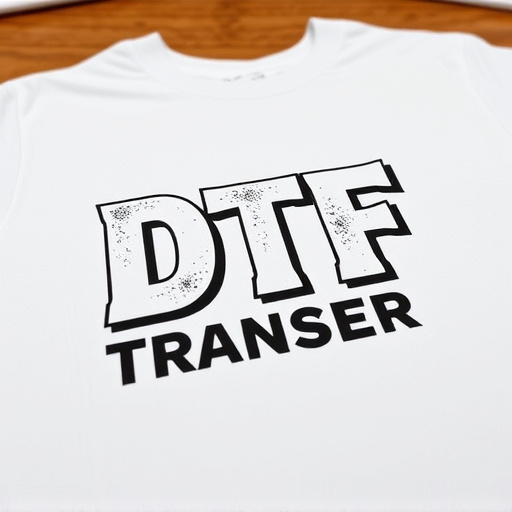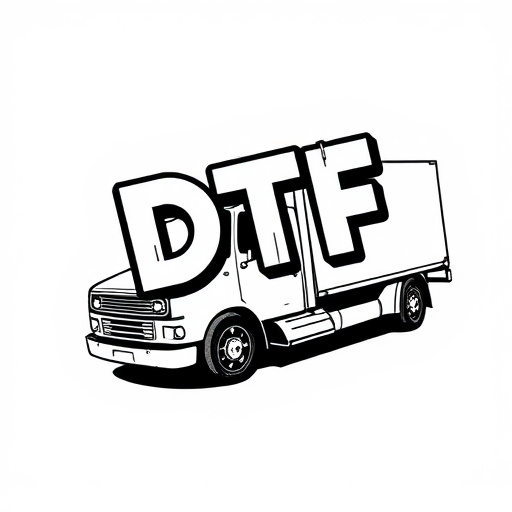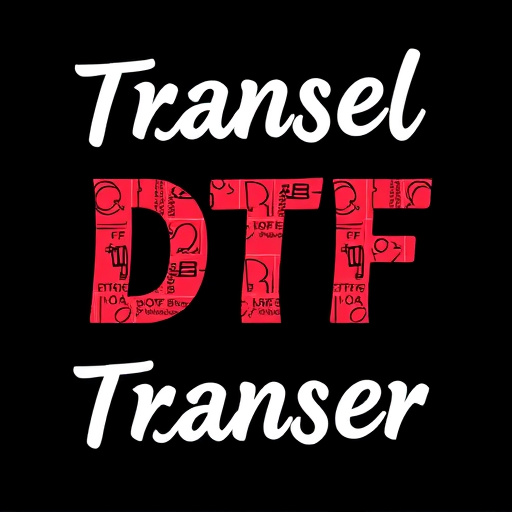Direct-to-Film (DTF) transfer technology streamlines printing by directly reproducing digital images onto film stock, eliminating intermediate steps. This method is faster, higher quality, and versatile for industries like motion pictures, animation, advertising, and special effects. A specialized business focusing solely on DTF transfers leads in innovation, offering unparalleled service to specific markets with quick turnaround times and vibrant prints on diverse materials. The company provides high-quality DTF products for various needs, including customizable finishes, graphics, and special effects. Their meticulous process involves enhancing digital images, printing them onto film substrates, and rigorous quality control. Marketing strategies should emphasize the versatility of DTF transfers through social media, influencer partnerships, and engaging content to drive growth in a rapidly expanding industry fueled by technological advancements and consumer demand for on-demand printing solutions.
“In the realm of printing and filmmaking, Direct-to-Film (DTF) transfer technology has emerged as a revolutionary game changer. This article explores a pioneering business specializing in DTF products, delving into its unique value proposition and market positioning. We dissect their successful business model, highlighting the advantages of targeting niche markets with specialized DTF transfer solutions. From cutting-edge product lines to stringent quality control, this insight provides an exclusive look at how this company is shaping the future of DTF transfers.”
- Understanding Direct-to-Film (DTF) Transfer Technology
- The Business Model: Niche Market Advantage
- Product Range and Customization Options
- Production Processes and Quality Control Measures
- Marketing Strategies for DTF Transfer Products
- Future Trends and Growth Opportunities in the DTF Industry
Understanding Direct-to-Film (DTF) Transfer Technology

Direct-to-Film (DTF) transfer technology is a cutting-edge process that enables the precise reproduction of images and designs directly onto film stock, offering a unique and efficient approach to printing. This innovative method bypasses traditional intermediate steps, allowing for faster production times and superior quality. With DTF, businesses can create high-resolution prints by sending digital files directly to specialized printers capable of translating them into physical films ready for various applications.
The technology involves advanced hardware and software that ensures accurate color reproduction, sharp details, and consistent performance across different film types. This versatility makes DTF transfer ideal for a range of industries, from motion pictures and animation to advertising and special effects. By eliminating the need for costly and time-consuming traditional printing methods, DTF offers businesses a competitive edge in producing high-quality, customized film products promptly.
The Business Model: Niche Market Advantage

In the competitive world of printing and packaging, a business specializing in direct-to-film (DTF) transfer products has carved out a unique niche. This model focuses on serving specialized markets that require high-quality, precise, and efficient application of graphics directly onto various film stocks. By concentrating solely on DTF transfers, the company can invest heavily in research and development, ensuring it stays at the forefront of technology and innovation.
The niche market advantage lies in the ability to cater to specific industries like advertising, event marketing, and short-run printing. These sectors demand flexibility, speed, and customized solutions, which traditional printing methods often struggle to provide. DTF transfers excel in these areas due to their direct application process, quick turnaround times, and ability to produce vibrant, high-resolution prints on a variety of materials. This specialization allows the business to offer unparalleled service and quality, solidifying its position as a reliable partner for clients seeking cutting-edge DTF solutions.
Product Range and Customization Options
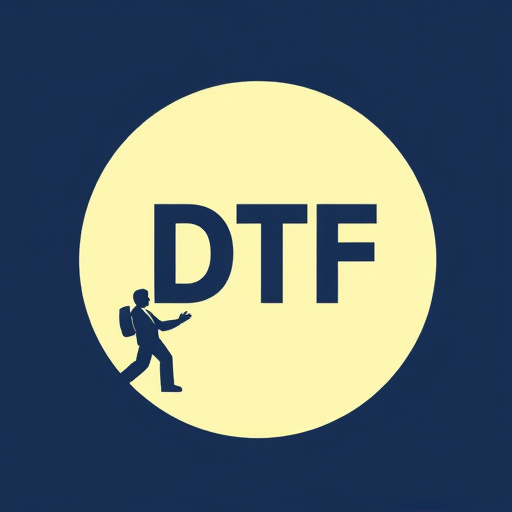
At our business, we offer a diverse range of direct-to-film (DTF) transfer products designed to cater to various industries and applications. Our portfolio includes high-quality printing materials, from versatile vinyls for sign making to robust polyurethanes ideal for outdoor displays. Each product is engineered to ensure exceptional durability, vibrant colors, and precise detail reproduction.
One of our key strengths lies in the extensive customization options we provide. Customers can choose from a wide array of finishes, such as matte, glossy, or metallic, to suit their specific branding needs. Additionally, we support complex design requirements, allowing businesses to incorporate intricate graphics, full-color prints, and even special effects like raised or emboss finishes. Our goal is to help companies create visually stunning and unique DTF transfers that leave a lasting impression.
Production Processes and Quality Control Measures

The production process for direct-to-film (DTF) transfer products involves several intricate steps to ensure superior quality and precision. It begins with preparing the master image, which is a high-resolution digital file that serves as the template for the final transfer. This image undergoes meticulous enhancement and color correction to meet stringent standards. Next, specialized printing technology, often employing solvent-based or UV curable inks, deposits the image onto a clear film substrate. The ink must adhere perfectly to the film while maintaining vibrant colors and fine detail.
Rigorous quality control measures are implemented at each stage of production. Visual inspections are conducted to verify the accuracy and sharpness of the printed image, ensuring it aligns precisely with the original master. Additionally, advanced quality assurance techniques, such as spectrophotometry, are employed to measure color accuracy and consistency across different batches. These checks help maintain the high standards expected from DTF transfer products, guaranteeing that each film is ready for seamless application onto various surfaces, whether it’s clothing, signage, or decorative items.
Marketing Strategies for DTF Transfer Products
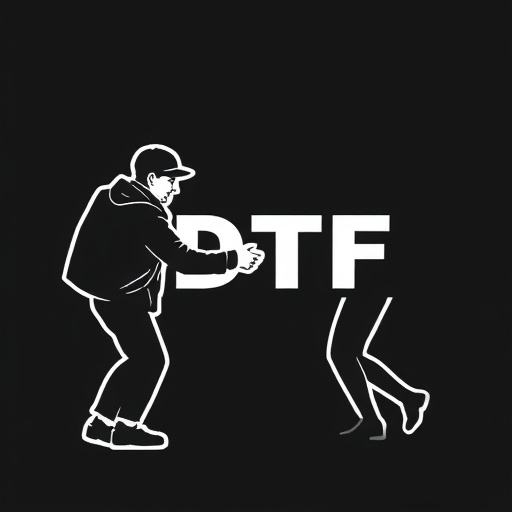
Direct-to-film (DTF) transfer products offer a unique and innovative way to bring designs to life, so marketing these items requires a strategy that matches their distinctiveness. One effective approach is to showcase the versatility of DTF transfers through diverse marketing channels. Visual content is key; engaging social media platforms like Instagram and Pinterest with high-quality images and videos demonstrating the application process can attract attention. Influencer partnerships can also be powerful, as influencers in the craft, art, or DIY communities can vouch for the quality and ease of use of these products.
Content creation around tutorials, product reviews, and behind-the-scenes looks at the design process will resonate with potential customers. Additionally, leveraging email marketing with newsletters highlighting new designs, discounts, and success stories from satisfied customers can foster a loyal following. Collaborating with like-minded businesses for cross-promotion and hosting giveaways on social media are other strategies to gain exposure and generate interest in DTF transfer products, ultimately driving sales and expanding the customer base.
Future Trends and Growth Opportunities in the DTF Industry
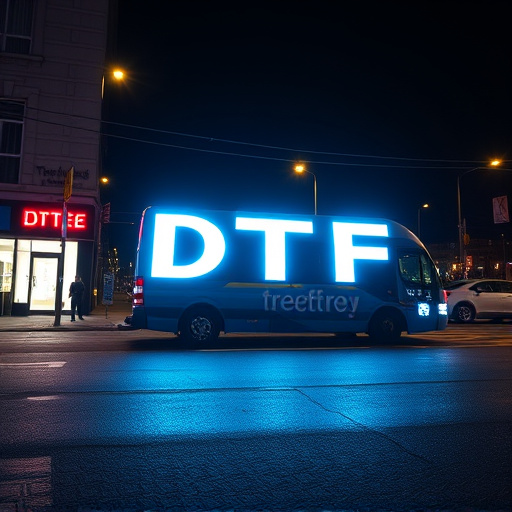
The direct-to-film (DTF) transfer industry is poised for significant growth, driven by evolving technologies and shifting consumer preferences. One prominent trend is the increasing demand for high-quality, on-demand printing solutions. As businesses seek ways to optimize their production processes and reduce waste, DTF transfers offer a compelling alternative to traditional methods. The ability to produce custom designs and products quickly and efficiently is appealing to a wide range of sectors, from apparel and accessories to signage and promotional items.
Furthermore, advancements in ink technology and printing machinery are expanding the capabilities of DTF transfers. Newer inks provide improved durability, vibrant colors, and compatibility with various substrates, enabling creators and manufacturers to produce more intricate and diverse designs. This versatility opens up new opportunities for product innovation, catering to niche markets and unique consumer preferences. With the continuous integration of digital technologies, the DTF industry is set to revolutionize personalized product manufacturing, offering endless possibilities for growth and expansion.


